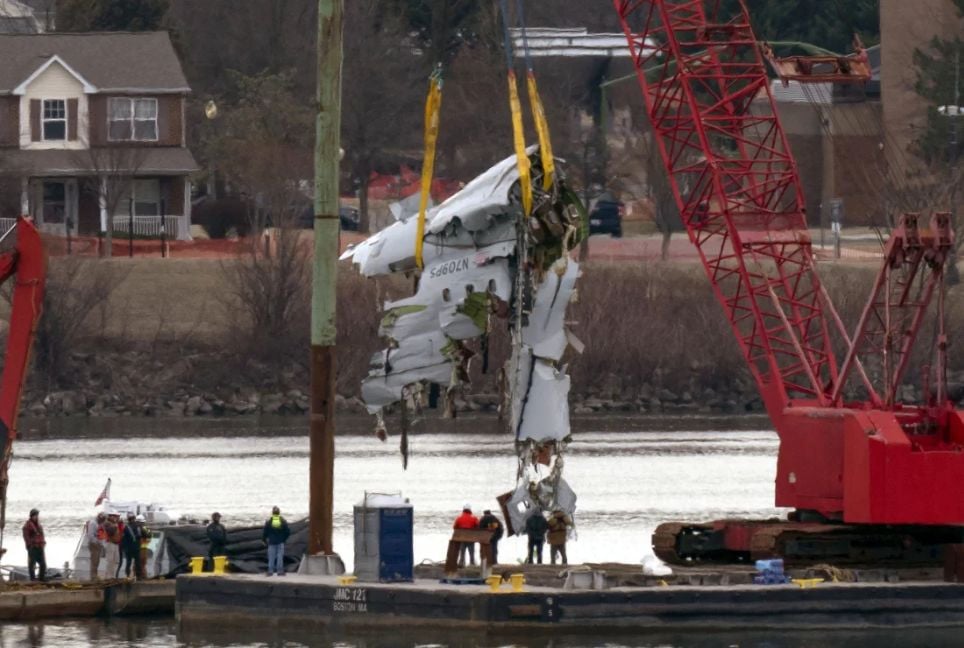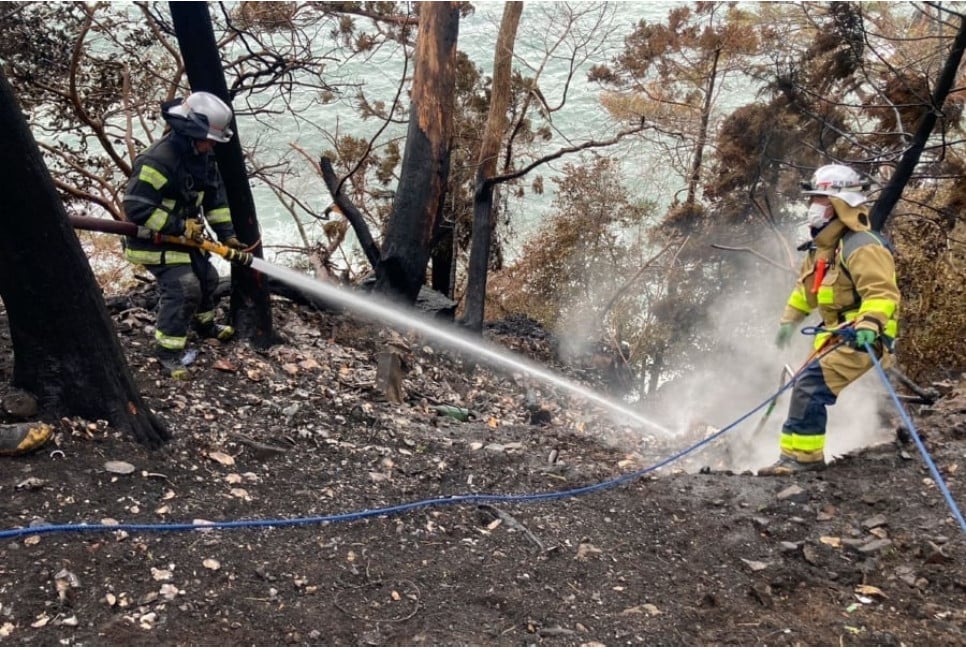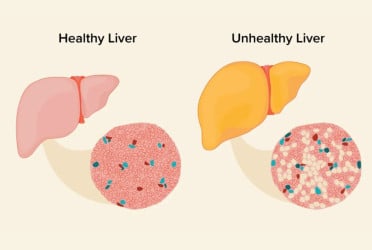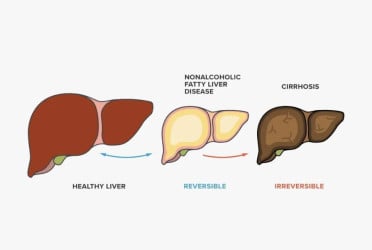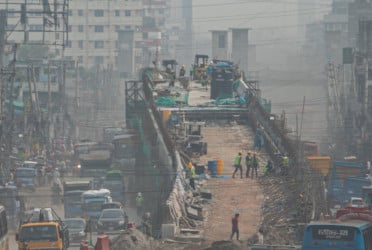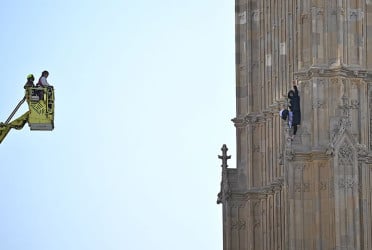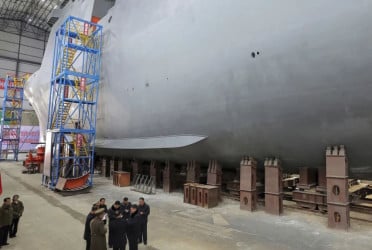Crews have recovered all 67 victims from the Potomac River collision between an American Airlines CRJ700 jet and an Army Black Hawk helicopter. The focus now shifts to clearing the wreckage and investigating the cause of the accident, which remains unexplained.
Parts of the jet's fuselage and tail were retrieved Tuesday. Officials aim to recover the cockpit soon, depending on weather conditions. Of the 67 victims, 66 have been identified. The National Transportation Safety Board (NTSB) continues analyzing the Black Hawk’s flight data recorder.
NTSB delays public briefing
The NTSB postponed a public update, stating it needed more time to verify data points. A written update was released instead. Meanwhile, President Donald Trump called American Airlines CEO Robert Isom to express condolences. The airline will observe a moment of silence on Wednesday, marking one week since the tragedy.
Difficult recovery mission
Harsh winter conditions and debris entanglement have slowed recovery. Divers used hydraulic tools to cut through the wreckage, while heavy salvage equipment lifted jet parts from the river. The operation involves multiple agencies, including the US Coast Guard, FBI, and local fire departments.
A new recovery phase began Monday, prioritizing the jet before moving to the Black Hawk, which is expected to take an additional four days. The first jet engine was raised Monday, followed by a fuselage section. Dean Naujoks, a riverkeeper assisting the search, described the scene as heartbreaking, having recovered debris including a window panel, a seat, and an airplane manual.
Preliminary flight data findings
Early analysis of the jet’s flight data recorder suggests its nose pitched upward just before the collision. The plane was flying at approximately 325 feet at impact. Air traffic controllers had no indication the Black Hawk exceeded its designated 200-foot altitude limit. However, NTSB radar data now suggests the helicopter reached 300 feet before impact.
The NTSB is working to resolve discrepancies between radar data from Ronald Reagan Washington National Airport and the plane’s black box. A five-second radar update delay may account for inconsistencies. Investigators must manually timestamp the Black Hawk’s flight data recorder.
A preliminary NTSB report is expected within a month, while full investigative findings may take longer. The cause of the collision remains under examination.
Source: CNN
Bd-pratidin English/Fariha Nowshin Chinika

